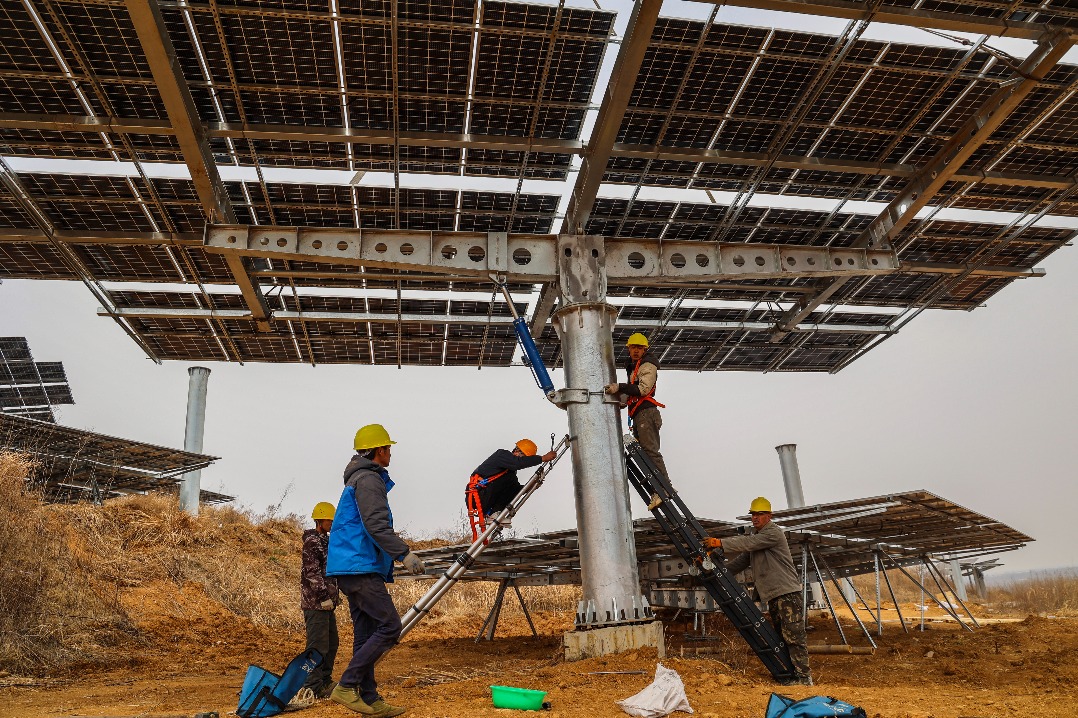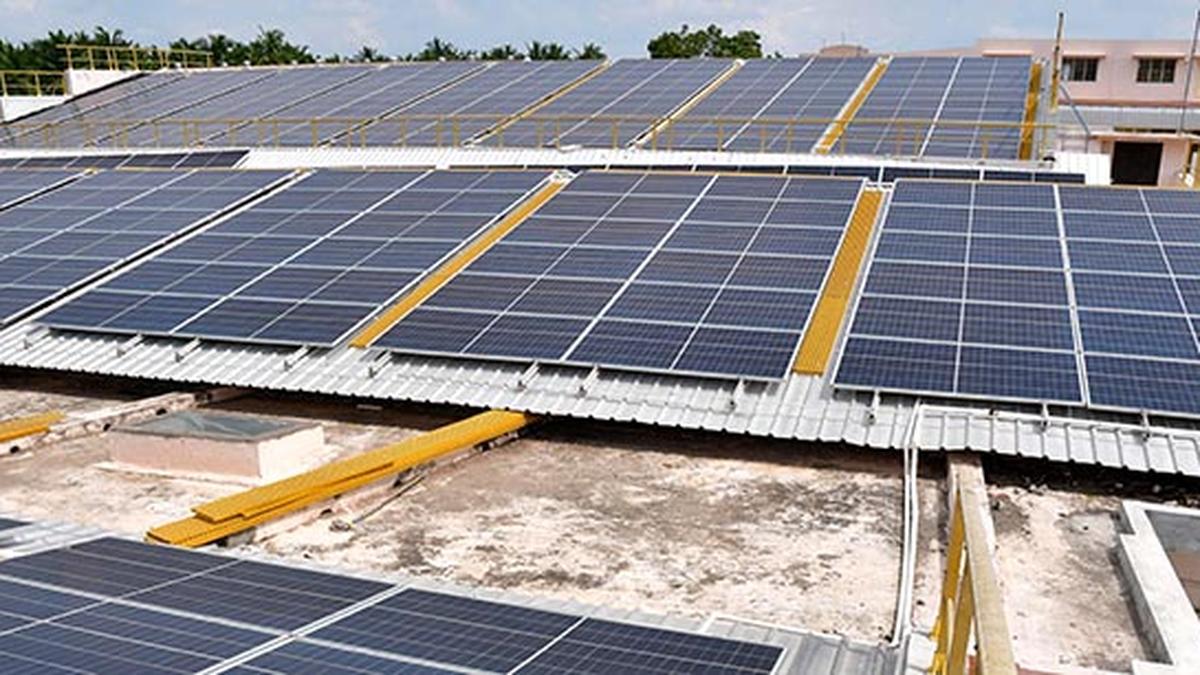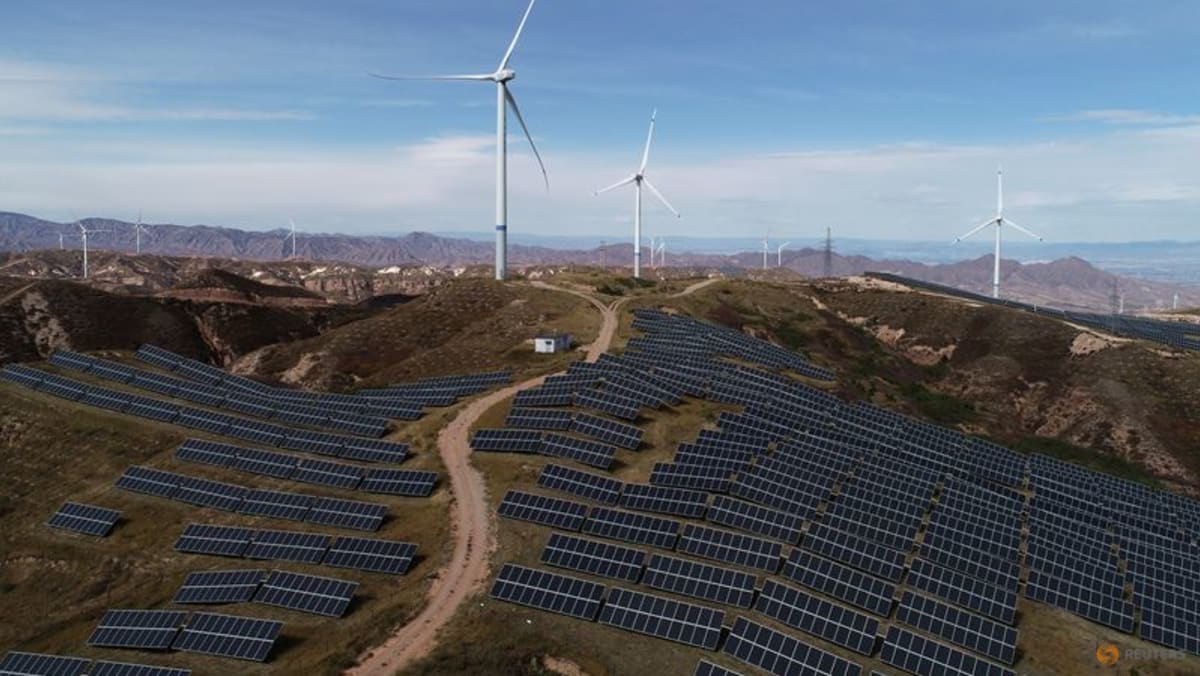Qingdao, a crucial economic hub in East China, achieves a notable improvement in air quality through a strategic transition to renewable energy sources and a comprehensive clean energy plan.
Air Quality Soars Post Switch to Clean Energy
Qingdao’s decisive shift from coal to natural gas in key urban areas, accompanied by the development of a diverse clean energy network, sees a substantial decrease in air pollution. The PM2.5 level, measuring fine particle concentration, hits a low of 18 micrograms per cubic meter in September.
Strategic Energy Plan for a Greener Future
Underlining its commitment to a sustainable future, Qingdao’s energy development plan for the 14th Five-Year Plan emphasizes expanding clean energy utilization. By 2025, coal is projected to constitute only 23.5 percent of primary energy use, with a significant focus on reducing coal consumption.
Coal-to-Gas Conversion Impact: Numbers and Environmental Benefits
The ongoing coal-to-gas conversion project, backed by a $230 million investment, is anticipated to annually reduce coal consumption by 1 million metric tons and cut carbon emissions by 850,000 tons. Phases one and two of the project, completed in October, provide heating to over 11.43 million square meters, significantly decreasing coal consumption.
Positive Community Impact and Repurposing Facilities
Residents near converted heating plants experience cleaner air, while repurposed facilities, like a former coal storage area transformed into a cultural and sports center, demonstrate positive community implications. The project not only cleans the air but also contributes to community well-being.
Exemplary Energy Model: The Qingdao Olympic Sailing Center
The success of this approach is exemplified by the Qingdao Olympic Sailing Center, achieving zero CO2 emissions through enhanced energy efficiency, reduced fossil fuel use, and increased reliance on renewables. It serves as a beacon of successful energy planning in urban landscapes.
Source:chinadaily.com.cn





